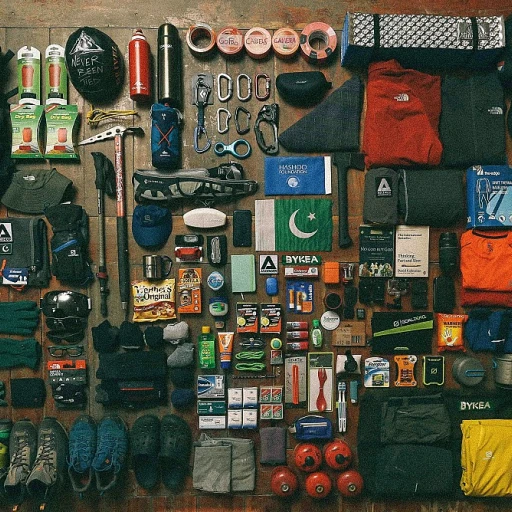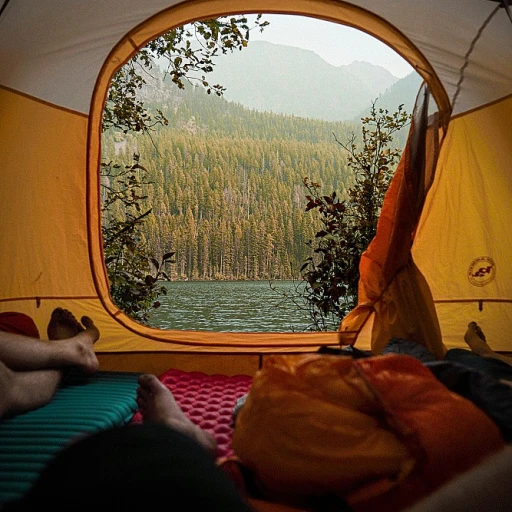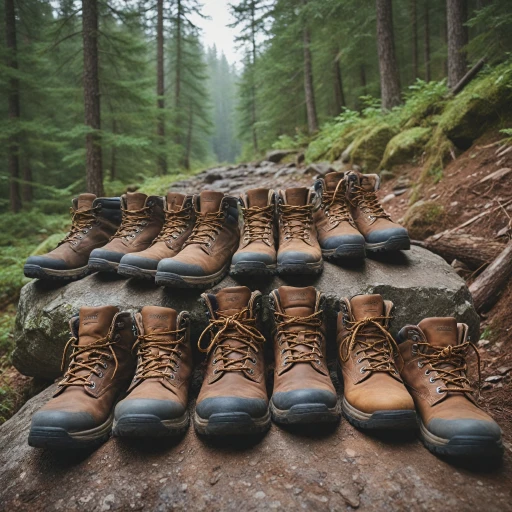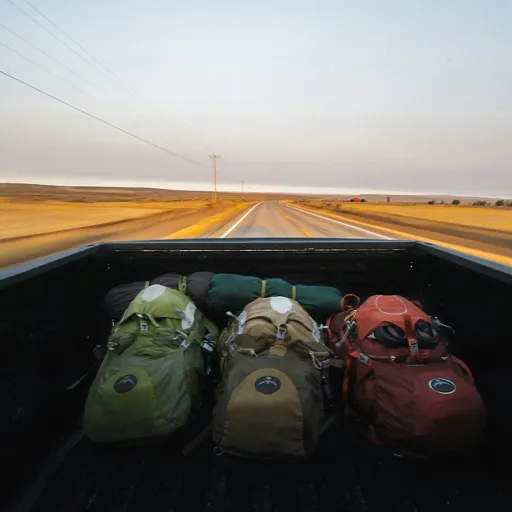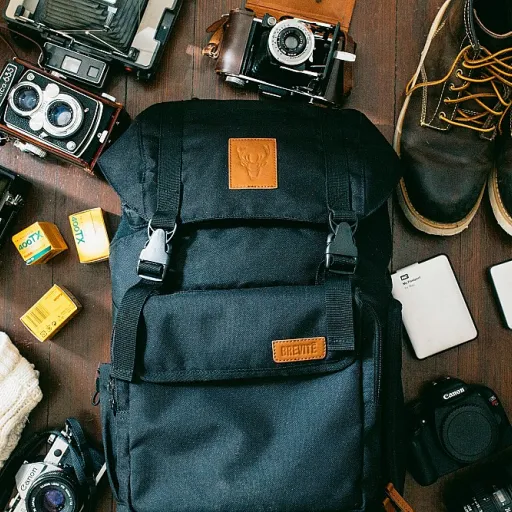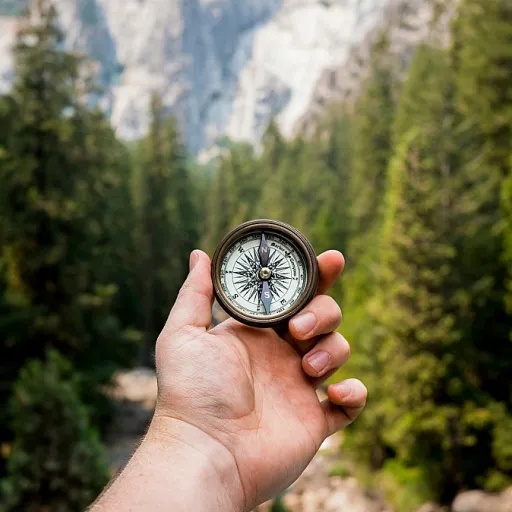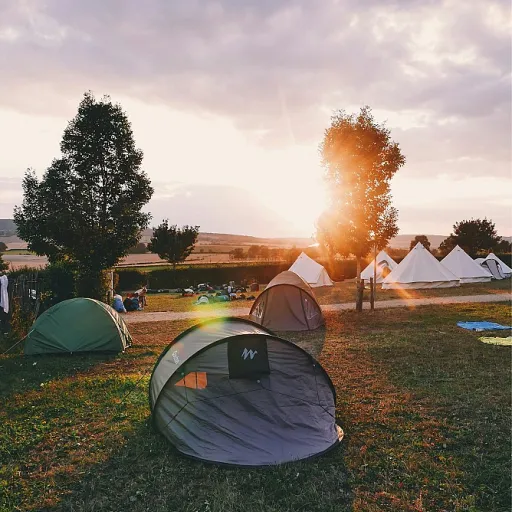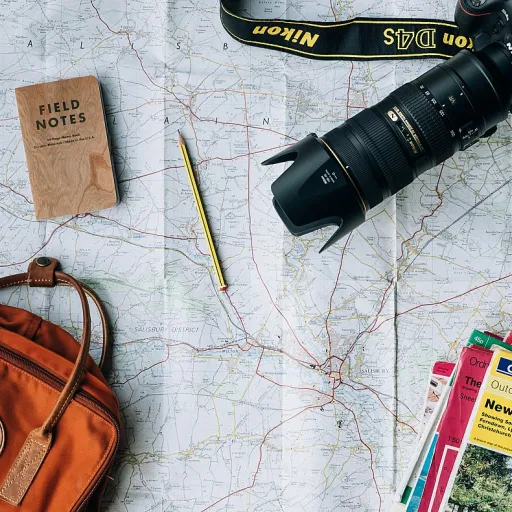
Understanding the importance of a caving helmet
Why a dedicated caving helmet matters underground
Venturing into caves presents unique hazards that demand more than just a regular helmet. Unlike hiking or mountaineering helmets, caving helmets are engineered for greater coverage and impact resistance, protecting your head from low ceilings, falling rocks, and unexpected bumps. The shell and foam construction of models like the Petzl Boreo or Edelrid Ultralight is designed to absorb shocks from all angles, while the Petzl Vertex offers a robust shell and comfortable fit for extended explorations.
Visibility is another crucial factor. Most caving helmets, such as the Black Diamond Half Dome or Petzl Strato, come equipped with mounting plates for a duo headlamp or other lighting accessories. This ensures you have a reliable light source with high lumens output, essential for navigating dark passages and maintaining a clear view of your surroundings. The integration of front and rear headlamp attachments is a detail that sets caving helmets apart from regular outdoor equipment.
When considering price, it's important to balance your budget with the level of protection and features you need. Some helmets, like the Petzl Ecrin Roc, may be found at a sale price or regular price depending on the retailer. Always check for details on shell thickness, foam density, and compatibility with accessories before making a decision. For those interested in maximizing their underground safety, comparing the price sale and view details of different models can help you find the best value.
Choosing the right caving helmet is just one part of assembling your underground equipment. For a comprehensive approach to protection in challenging environments, consider reading about the versatility of camo waders for wet or muddy cave systems.
Key features to look for in a caving helmet
Essential Elements for Reliable Caving Helmets
When selecting a caving helmet, a few core features make all the difference between a safe, comfortable adventure and a frustrating or even dangerous experience. Unlike regular helmets for hiking or mountaineering, caving helmets must withstand repeated impacts, moisture, and the unique rigors of underground environments. Here’s what to look for:
- Shell Construction: The outer shell is your first line of defense. Durable materials like ABS or polycarbonate, found in models such as the petzl boreo or edelrid ultralight, offer greater coverage and impact resistance. The petzl vertex and ecrin roc are known for their robust shells, making them popular choices among experienced cavers.
- Foam Lining: Quality foam inside the helmet absorbs shocks and enhances comfort. Look for helmets with thick, well-distributed foam, such as the petzl strato or helmet edelrid, which balance protection and weight.
- Headlamp Compatibility: Underground visibility is crucial. Helmets like the petzl boreo caving and black diamond half dome include mounting plates or clips for attaching a duo headlamp or other lighting accessories. Check for secure front and rear mounting options to keep your light stable during movement.
- Ventilation and Weight: Caving can be physically demanding, so a light helmet with adequate ventilation helps prevent overheating. The edelrid ultralight and petzl strato are designed with this in mind, offering comfort for long explorations.
- Adjustability and Accessories: A good fit is essential for safety and comfort. Helmets with easy-to-use adjustment systems and compatibility with accessories like visors or earmuffs add versatility to your equipment.
- Price and Value: While price is always a consideration, balance it with the helmet’s features and certifications. Watch for sale price or regular price offers on trusted brands like petzl, edelrid, and black diamond. Always view details before making a purchase to ensure you’re getting the right equipment for your needs.
For those interested in further enhancing their caving or hiking experience, consider exploring top insoles to enhance your hiking experience for additional comfort and support during long underground journeys.
Fit and comfort considerations for long explorations
Prioritizing Comfort and Fit for Demanding Caving Sessions
When it comes to caving, helmet fit and comfort are not just preferences—they are essential for safety and endurance. A poorly fitting helmet can cause headaches, pressure points, and distractions, especially during long underground explorations. Whether you choose a petzl boreo, edelrid ultralight, or black diamond half dome, the right fit ensures your focus stays on the adventure, not discomfort.
- Shell and Foam Design: Look for helmets with an ergonomic shell and quality foam padding. The petzl vertex and petzl strato offer greater coverage and balanced weight, while the ecrin roc is known for its robust shell. Foam liners should hug your head without creating hot spots.
- Adjustability: Helmets like the helmet petzl and helmet edelrid feature adjustable suspension systems. A secure, customizable fit is vital for stability when crawling or squeezing through tight passages.
- Weight: Lighter helmets, such as the edelrid ultralight or petzl boreo, reduce neck fatigue during extended wear. Compare the regular price and sale price to find the best value without compromising on comfort.
- Ventilation: Underground environments can be humid. Helmets with well-placed vents, like the helmet black or duo headlamp compatible models, help regulate temperature and moisture.
- Headlamp Compatibility: Mounting plates for headlamps are a must. Ensure your helmet can securely attach a high-lumen light, as reliable illumination is crucial for navigation and safety.
Before committing to a helmet, always try it on with your usual caving accessories. Adjust the straps and check the stability with a headlamp mounted. If you’re comparing models, pay attention to the view details and price sale listings for each helmet. For more insights on how proper fit impacts performance in rugged environments, check out this guide on why fit matters for serious hikers and cavers.
Safety standards and certifications to check
Recognizing Reliable Helmet Certifications
When selecting a caving helmet, safety should always be at the forefront. Not all helmets are created equal, and understanding which certifications matter can make a real difference underground. Look for helmets that meet or exceed recognized standards such as EN 12492 (mountaineering helmets) or UIAA 106. These certifications indicate that the helmet has passed rigorous impact and penetration tests, ensuring greater coverage and protection for your head in challenging environments.
What to Check on the Label
- Certification Markings: Check for clear labeling of EN or UIAA standards inside the shell or on the packaging. Brands like Petzl, Edelrid, and Black Diamond typically display these details prominently.
- Model-Specific Info: Models such as the Petzl Vertex, Petzl Boreo, Edelrid Ultralight, and Black Diamond Half Dome often highlight their compliance with safety standards. Always view details on the manufacturer’s site or product tag before purchase.
- Headlamp Compatibility: Caving helmets should allow secure mounting of a duo headlamp or similar lighting equipment. Some, like the Petzl Strato or Ecrin Roc, offer dedicated mounting plates for front and rear lights, which is essential for navigating dark passages.
Material and Construction Considerations
Helmet safety isn’t just about certifications. The construction—whether it’s a hard shell with foam liner or a lighter, vented design—affects both protection and comfort. For example, the Petzl Boreo caving helmet uses a combination of ABS shell and EPP foam for impact absorption. Edelrid helmets, like the Ultralight, are known for their robust shells and simple, reliable design. Always check if the helmet offers greater coverage around the sides and back of the head, as this is critical in caving environments.
Price and Value: What Are You Paying For?
Price can vary significantly between models and brands. Regular price and sale price differences often reflect the helmet’s features, materials, and included accessories. For instance, a helmet Petzl with integrated mounting plates and higher lumens headlamp compatibility may have a higher price, but it offers more comprehensive protection and convenience. Always compare the price sale and regular price, and view details to ensure you’re getting the right equipment for your needs.
Comparing caving helmets to hiking and mountaineering helmets
How Caving Helmets Differ from Hiking and Mountaineering Helmets
When comparing caving helmets to those designed for hiking or mountaineering, several distinctions stand out. Each helmet type is engineered for specific hazards and environments, and understanding these differences is key for anyone investing in new equipment.- Shell and Foam Construction: Caving helmets, such as the Petzl Boreo or Edelrid Ultralight, are built with robust shells and reinforced foam to withstand repeated impacts from falling rocks or low ceilings. In contrast, hiking and mountaineering helmets like the Black Diamond Half Dome or Petzl Vertex prioritize lightweight materials and ventilation, focusing on protection from falling debris rather than lateral impacts.
- Greater Coverage: Caving helmets offer more coverage around the head, especially at the front and rear, to protect against bumps in confined spaces. Mountaineering helmets often have a more open design for better airflow during strenuous ascents.
- Headlamp Integration: Reliable lighting is essential underground. Caving helmets come with mounting plates or clips for headlamps like the Petzl Duo Headlamp, ensuring a secure fit even in wet or muddy conditions. Hiking helmets may have basic headlamp attachments, but they are not as robust or specialized for extended underground use.
- Weight and Comfort: While caving helmets are slightly heavier due to their reinforced build, they are designed for long-term wear in challenging environments. Mountaineering helmets focus on being as light as possible, which can be a trade-off in terms of impact resistance.
- Accessories and Customization: Caving helmets often allow for additional accessories, such as visors or communication devices, which are less common in regular hiking helmets.
| Helmet Model | Type | Shell & Foam | Headlamp Mount | Coverage | Weight | Price (Regular/Sale) |
|---|---|---|---|---|---|---|
| Petzl Boreo | Caving | Thick ABS shell, dense foam | Front/rear mounting plates | Greater | Moderate | View details / Sale price |
| Edelrid Ultralight | Caving | Polycarbonate shell, foam | Secure headlamp clips | Greater | Moderate | Regular price / Price sale |
| Petzl Vertex | Mountaineering | Lightweight shell, foam | Standard headlamp slots | Standard | Light | View price / Sale |
| Black Diamond Half Dome | Hiking/Mountaineering | Light shell, foam | Basic headlamp clips | Standard | Light | View details / Sale price |
Maintenance and care tips for your caving helmet
Keeping Your Caving Helmet Reliable and Ready
Regular maintenance is essential for any caving helmet, whether you use a Petzl Boreo, Edelrid Ultralight, Black Diamond Half Dome, or the classic Ecrin Roc. Dirt, mud, and moisture are common underground, so keeping your helmet clean ensures both safety and comfort.- Cleaning the Shell and Foam: After each trip, rinse the shell and internal foam with lukewarm water. Avoid harsh chemicals that could degrade the material or compromise the helmet’s integrity. A mild soap is sufficient for stubborn dirt.
- Inspecting for Damage: Check the helmet for cracks, dents, or worn straps. Pay close attention to mounting plates for headlamps like the Petzl Duo Headlamp or other accessories. Any damage to the shell or foam can reduce protection and should be addressed immediately.
- Headlamp and Accessories: Ensure your headlamp is secure and the mounting plates are intact. Clean electrical contacts and check lumens output to guarantee reliable light underground. Replace batteries or bulbs as needed.
- Storage: Store your helmet in a cool, dry place away from direct sunlight. Excessive heat or UV exposure can weaken the shell and foam, even on robust models like the Petzl Vertex or Strato.
- Checking Fit and Comfort: Over time, straps and padding may lose their shape. Adjust or replace them to maintain a snug, comfortable fit for greater coverage and protection during long caving sessions.
- Reviewing Safety Details: Before each use, review the helmet’s certifications and ensure all components meet safety standards. This is especially important for helmets bought on sale or at a reduced price, as older stock may not meet current requirements.
| Helmet Model | Shell Material | Foam Type | Regular Price | Sale Price | View Details |
|---|---|---|---|---|---|
| Petzl Boreo | ABS | EPS | $69.95 | $59.95 | View details |
| Edelrid Ultralight | Polycarbonate | PU | $89.95 | $74.95 | View details |
| Black Diamond Half Dome | Polycarbonate | EPS | $59.95 | $49.95 | View details |


